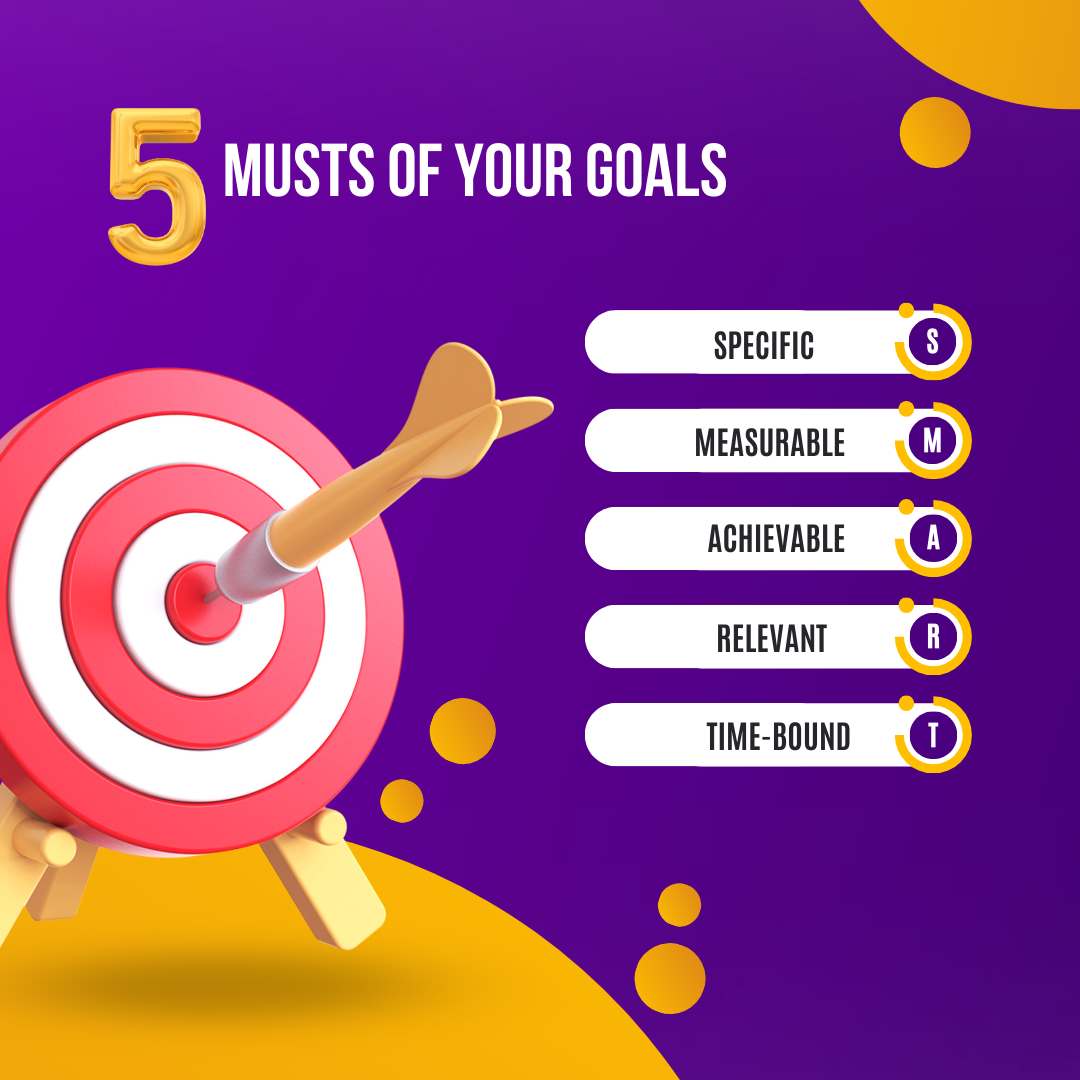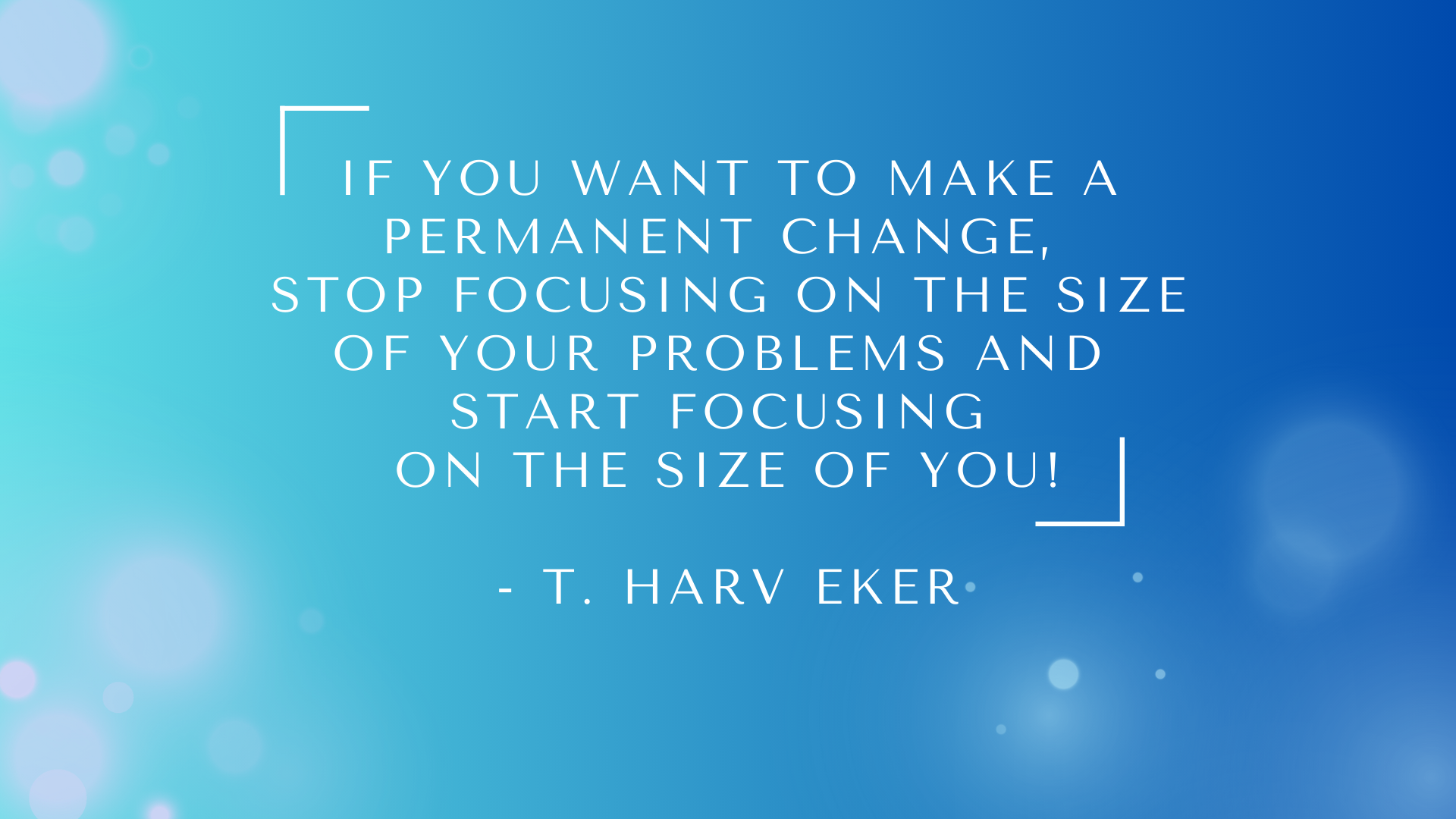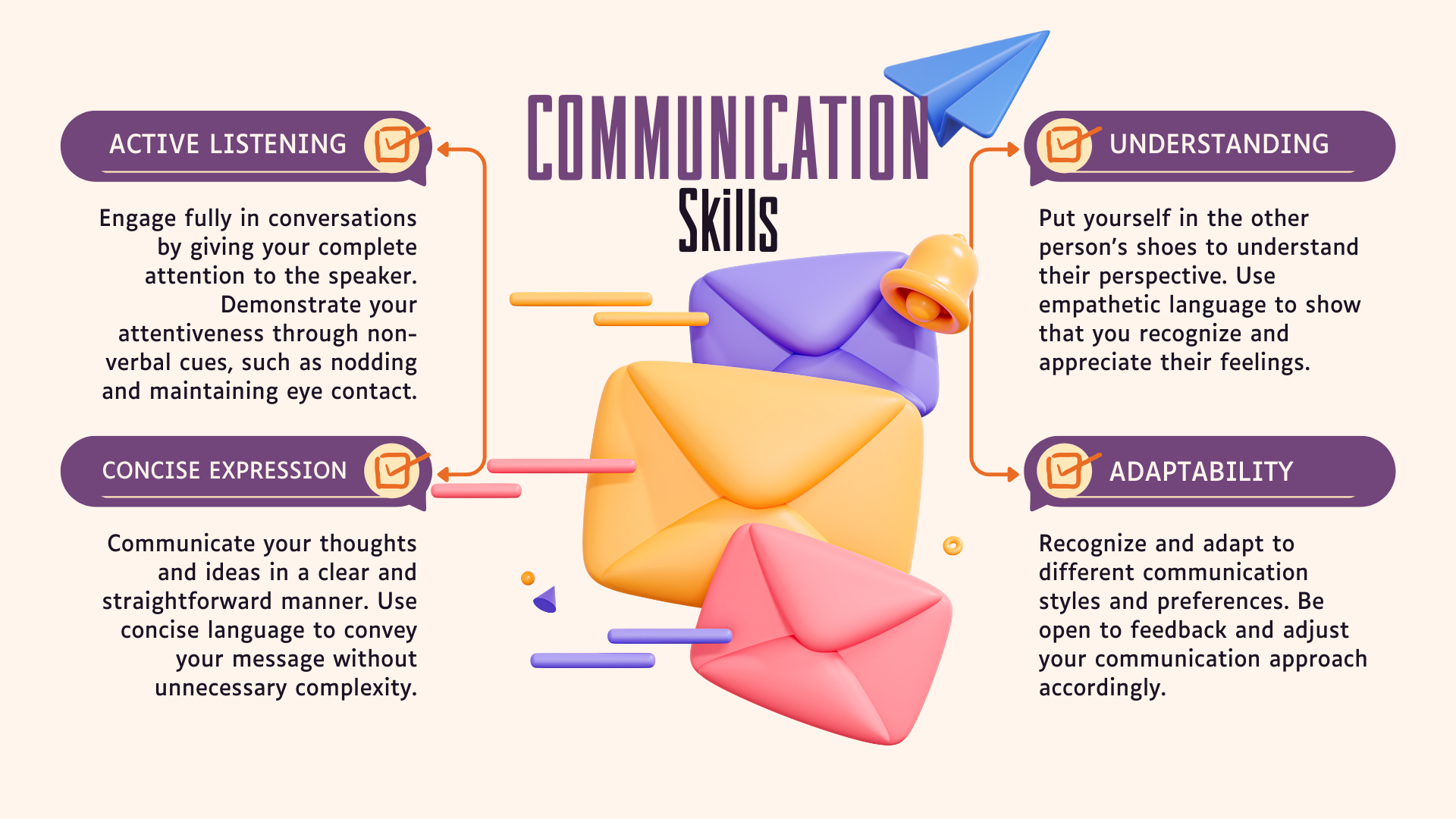7 Ways How Organizations Can Foster Proactivity
Fostering proactivity is essential for organizational success. This article discusses seven effective ways to encourage proactivity within an organization, including promoting a growth mindset among proactive workers.

Fostering a proactive mindset within an organization is like assembling an intricate jigsaw puzzle.
Just as a single missing puzzle piece can prevent the full image from being revealed, a lack of proactivity among even one team member can hinder the organization's ability to achieve its goals.

It underscores that each individual piece, no matter how small or seemingly insignificant, plays a vital role in creating a complete and functional picture.
What is Proactivity Mindset?
Proactivity implies taking initiative, anticipating problems, and making decisions before they become urgent. Proactive employees are self-motivated, forward-thinking, and focused on important tasks rather than being passive or just reacting to issues.
Thus, a mindset of proactivity links to:
- efficiency
- output
- continuous improvement.
Practically, it involves being mindful of the big picture, identifying potential obstacles, and taking proactive steps to address them before they become issues.
By encouraging a culture of proactivity, organizations can unleash the full potential of their workforce and drive their business forward, blazing a trail of excellence.
Below, we explore proven strategies, supported by data and narratives from leading organizations, that illuminate the path to cultivating a proactive workforce.
Set Clear Goals and Objectives
- What: Clearly defined goals and expectations aren't just a roadmap – they're a torch, igniting the fire of motivation in every worker. They provide a distinct direction and purpose.
Clarity in objectives and goals sets a foundation for proactivity. Research shows that employees with clear goals are 70% more likely to achieve them.

SMART goal-setting that aligns with the organization's overall vision proves to be the best approach that an organization can take when addressing this question.
Clear communication of these goals, along with the roles and responsibilities of each team member, ensures that workers understand how they contribute to the larger organizational objectives.
Providing regular feedback and progress updates is another essential because it allows employees to adjust their approach and manage their workload without stretching themselves thin.
- That's how to do it: Organizations can set clear goals by using SMART criteria: Specific, Measurable, Achievable, Relevant, and Time-bound. They can also involve employees in the goal-setting process to ensure buy-in.
Consider the revenue growth of Microsoft by 11.51%, which is known for advocating the consistent adoption of SMART goals. This example is a testament to the power of clear, actionable objectives in igniting proactive behaviors.
Promote Autonomy and Ownership
- What: Micromanaging stifles creativity and productivity. When employees have autonomy and ownership over their work, their position shifts to more proactive.
Giving employees autonomy in their work fosters a sense of ownership and responsibility.
When team members are empowered to make decisions and manage their tasks, they are more likely to be invested in the outcomes.
Along with autonomy, there should be a clear system of accountability where employees understand the impact they make on business.
Another way to foster proactivity is:
- to give employees the autonomy to manage their own workload
- to create a system of accountability for the performance.
This means providing them with the resources and support they need to succeed while also trusting them to take ownership of their tasks and projects.
By giving employees more control over their work, organizations promote work aimed at high-quality results.

- That's how to do it: Organizations can promote autonomy by giving employees tools for tracking work time and then letting them decide on the scheduling of their professional commitments.
At LICERA, allowing employees autonomy over their project timelines resulted in a notable productivity spike. This demonstrates the potential of self-rule to fuel creative proactivity.
Encourage Continuous Learning and Development
- What: A growth mindset is essential for a proactivity-driven culture. Employees who are always learning and growing are more likely to be adaptable and innovative.

A learning-oriented culture can significantly boost productivity.
By providing opportunities for professional development, training, and skill enhancement, organizations can keep their workforce engaged, motivated, and equipped with the latest tools and knowledge.
Executives and managers can lead by example by:
- active participation in learning initiatives
- offers of online courses, instructor-led training, mentoring programs, brown bag lunches, hackathons, etc.
- creation of a dedicated space for learning, such as a learning lab or library.
It's also important to acknowledge accomplishments in learning, whether they be personal or collaborative, by means of public recognition and sharing accounts of triumphs where learning has positively influenced business operations.
This approach encourages staff members to persist in their growth while illustrating the practical advantages of education and fosters an environment where employees are encouraged to innovate and improve their work processes.
- That's how to do it: Organizations can encourage continuous learning by offering training and development programs, providing mentorship opportunities, and creating a culture of learning and feedback.

Create a Positive and Supportive Work Environment
- What: A positive and supportive work environment can make a big difference in employee productivity. When employees feel valued, respected, and supported, they're more likely to be happy and productive.
A supportive and positive work environment significantly impacts employee morale and productivity.
This includes recognizing and rewarding good work, providing constructive feedback, and creating a space where employees feel valued and heard.
By encouraging employees to work together towards common goals, they can share knowledge, skills, and resources and leverage each other's strengths to achieve better outcomes.
This can be done by creating cross-functional teams, hosting framestorming and brainstorming sessions, and promoting open communication and feedback.
Encouraging a healthy work-life balance and addressing workplace stress are also crucial for maintaining high productivity levels.
Organizations can promote work-life balance by offering flexible scheduling options, paid time off, and wellness programs encouraging employees to prioritize self-care.
- That's how to do it: Building trust and open communication is key. Ditch the top-down decrees and create spaces for honest feedback, both ways. Let ideas flow freely, celebrate mistakes as learning opportunities, and watch innovation blossom. Offer flexible work arrangements like telecommuting, compressed workweeks, or flexible hours. Trust your employees to manage their time, and watch productivity soar (and burnout plummet).
Implement Efficient Tools and Processes
- What: Using technology and efficient processes can greatly enhance employees' proactivity. Implementing project management tools, collaboration software, and automation in routine tasks can save time and reduce errors.
Leveraging technology in the workplace can enhance proactivity by enabling workers to:
- focus on important tasks
- improve teamwork
- facilitate better manager-employee communication.
Organizations should assess their operational processes regularly and adapt to more efficient methods and technologies.
- That's how to do it: Equip teams with accessible dashboards visualizing key performance indicators, enabling them to identify trends and proactively address potential issues. Fuel innovation with AI-powered automation tools for repetitive tasks, freeing up valuable time for employees to focus on creative problem-solving and strategic initiatives. Nurture collaboration with project management platforms suitable for project planning, communication, proactive teamwork, and resource allocation.
The integration of TMetric streamlined workflows in BankBound and improved time and resource allocation showcases the role of technology in enabling a proactive culture.
Embrace the Growth Mindset
- What: Encouraging individuals and teams to adopt a growth mindset can significantly impact proactivity, innovation, and productivity. By deepening their understanding of growth-mindset concepts and putting them into practice, organizations can gain a richer sense of purpose and direction
Embracing innovation and fostering a culture of thinking outside the box can:
- drive down costs
- solve business problems
- increase productivity.
Integrating a coaching mentality into the leadership mindset and action, respecting teams as experts, and allowing the people to do the work independently increases speed and improves decision-making.
- That's how to do it: Never punish employees for making mistakes, as long as they are learned from. Push decision-making authority down to lower levels in the organization. This gives employees a sense of ownership and cultivates a growth mindset.

Strengthen Communication Protocols
- What: Strong communication protocols facilitate information sharing and collaboration between team members. Proactive workers who encounter challenges can seek input and assistance readily, leading to quicker and more effective problem-solving. This collaborative approach can unearth innovative solutions and prevent small issues from snowballing into bigger problems.

Transparent communication builds trust between management and employees. Proactive workers feel valued when their ideas and concerns are heard and addressed openly. This fosters a positive work environment where employees are likelier to take initiative and go the extra mile.
When managers effectively communicate expectations and responsibilities, employees feel directly connected to the organization's mission and goals, increasing efficiency and job satisfaction.
Train managers and team members to be active listeners who not only hear but also understand the speaker's message. This fosters trust and ensures everyone feels heard and valued.
Don't rely solely on email or traditional meetings. Utilize collaborative tools, instant messaging, and internal social platforms to facilitate real-time communication.
- That's how to do it: Provide constructive feedback through one-on-ones, performance reviews, and team meetings. This helps workers understand their strengths and areas for improvement, empowering them to take proactive steps to address any weaknesses.



